Heartbreak House: Kangaroos killed by ACT Government in 2025 (actual)
Life on land



Your support will assist us to continue our research and content development, the greater our resources, the more we can do.
The more we have an accurate understanding of what is happening to nature, the more we can all do to protect what remains of our living planet.
This is also an opportunity for philanthropists to be part of an ongoing project that tells independent stories about the natural world, stories that will help us to better understand what is happening to species and places on our precious planet Earth.
Note: Creative Cowboy Films does NOT have tax deductible charity status.

The Nature Knowledge Channel is a very real way you can help the precious natural world and support the work we do in creating knowledge about the natural world.
Annual membership of the Creative cowboy films - Nature Knowledge Channel gives you full access to content, stories and films, available on this website. Becoming a member of the Creative cowboy films - Nature Knowledge Channel is a very real way you can help the natural world and support our work in creating a greater understanding about what is happening to it.
A point of difference
Creative cowboy films is independent, is not funded by governments or industry, and is not influenced by their associated interest groups. For reasons of independent research and content development, Creative cowboy films does NOT have tax deductible charity status.
Life on land
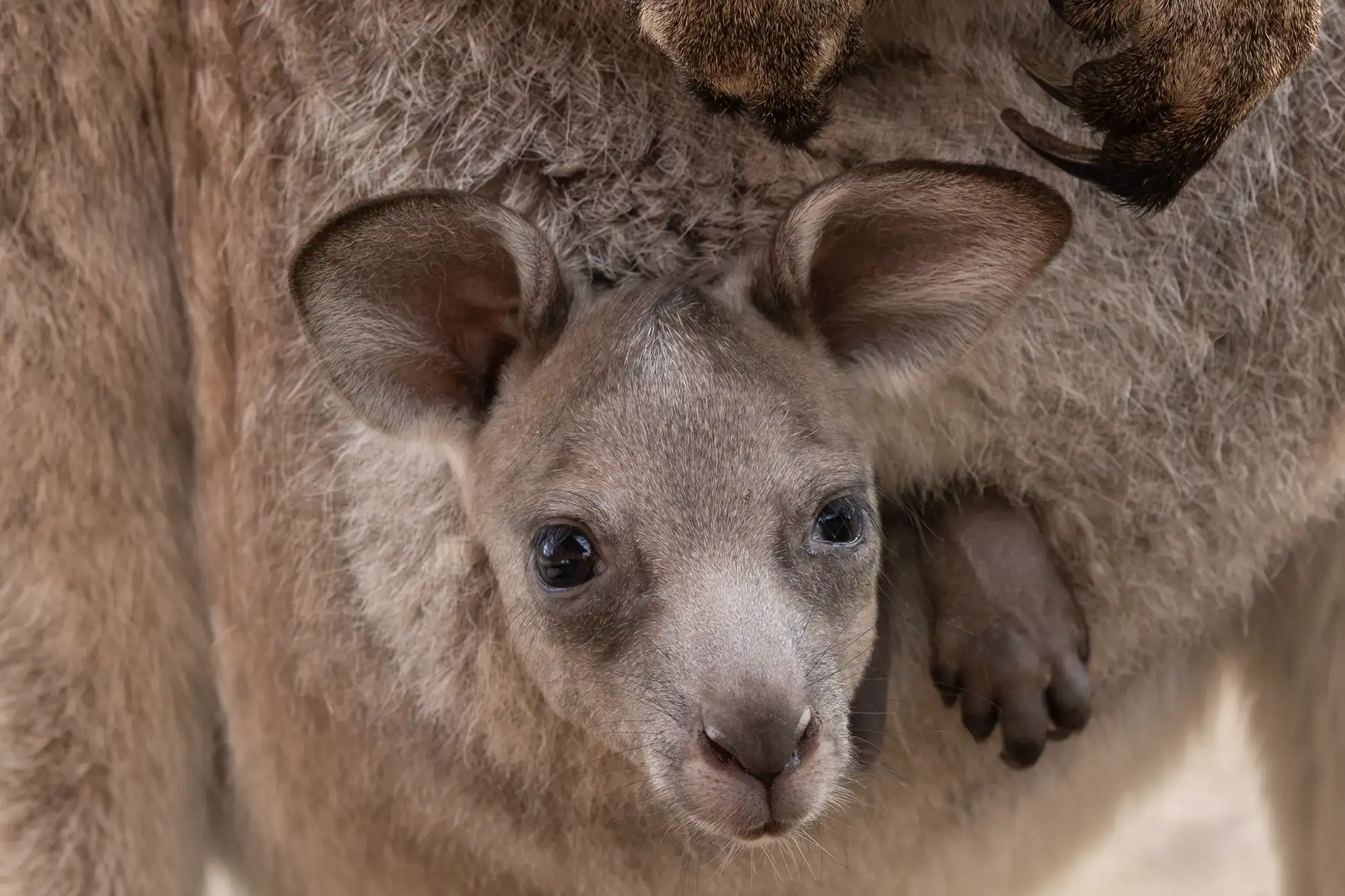
Our thanks to George Bernard Shaw
The 2025 'Kangaroo management operations' in the ACT ‘nature’ park system commenced on 10 June 2025 and ended 31 July 2025.
“Controversial $350,000 culling plan for 16 Aussie parks’. Michael Dahlstrom, Yahoo News, 13 June 2025
Sixteen reserves were closed during this time and 2,978 adult Kangaroos and 1,194 joeys were killed. Ratio of females to males killed in 2025 was significantly higher than in previous years. Of these and in total 1,149 adult Kangaroos and 536 joeys were killed in just the East Jerrabomberra Kangaroo Management Unit / West Jerrabomberra Kangaroo Management Unit.
The rate of killing and its composition are completely unsustainable and Kangaroo species in Australia do NOT damage the environment to which they are adapted. While the mass killing is completely shocking and devastatingly cruel, the bizarre nature of all of this is that the ACT Greens have been a persistent driver, enabler and promoter of the killing. We can conclude that Kangaroos, like in so many other parts of Australia, have no future in the ACT. They deserve a great deal better than to have their meat used as the vector for 1080 poison to kill yet more animals so indiscriminately, including, although governments like to pretend not, numerous Australian species.
“Carcass use: Where possible, carcasses, or parts thereof, are made available for Indigenous cultural use. A proportion of the Kangaroo meat is processed into baits for use within the ACT Government wild dog and fox control programs. There are no commercial Kangaroo harvesting arrangements in the ACT. Given the relatively low number of Kangaroos being culled, and the high costs of establishing, administering and monitoring a commercial operation, it is currently not cost-effective for the ACT Government to enter the commercial industry”. ACT Government
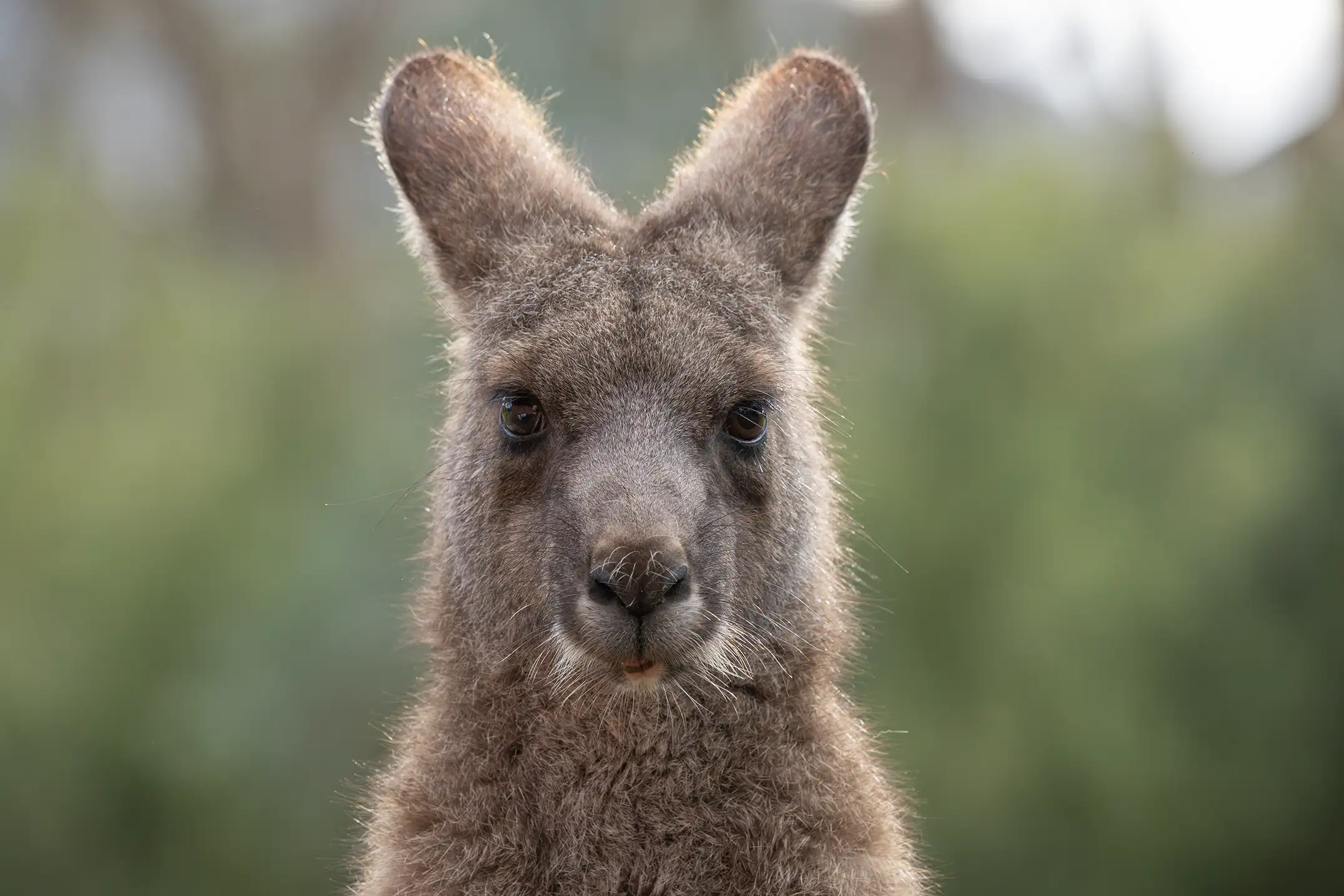
The killing of Kangaroos in Canberra’s public parks and reserves since 2015 (not including joeys to 2021) is as follows:
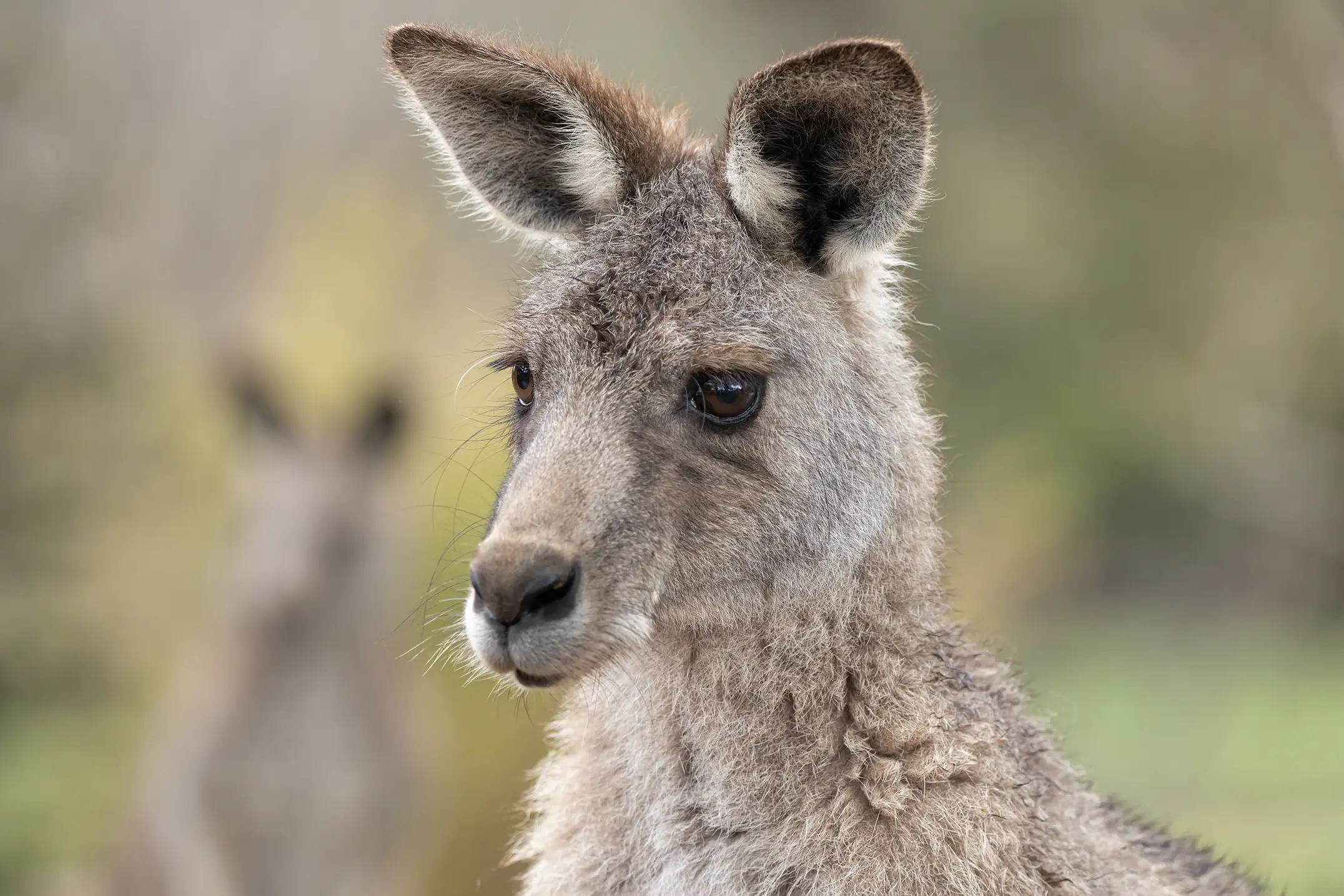
“As someone who looks at and analyses a lot of numbers, I struggle with the clinical and near 100 per cent accuracy of the actual 2025 kill against target“. Peter Hylands
Ratio of females to males killed in 2025 was significantly higher than in previous years at 58 per cent. The ratio of joeys to females killed in 2025 (69 per cent) was higher than it was in 2024 (66.7 per cent).
Ratio of females to males slightly higher in 2024 (53.3 per cent were female) than it was in 2023 (51.2 per cent). Ratio of joeys to females killed in 2024 (66.7 per cent) was slightly lower than it was in 2023 (67.9 per cent). As a rough calculation we can estimate that 8,523 dependent joeys (in addition to the adults targeted as part of the ‘program’) were killed by the ACT Government in the period 2015 to 2025. The ACT Government likes to claim that the period chosen for their annual nature reserve Kangaroo killing program is at a time when fewer joeys will be caught up in the slaughter. This is not supported by the data that shows very large numbers of joeys are impacted.
In total 32,413 Kangaroos, including joeys, have been killed in the ACT's 'nature' park system in the period 2015 to 2025.
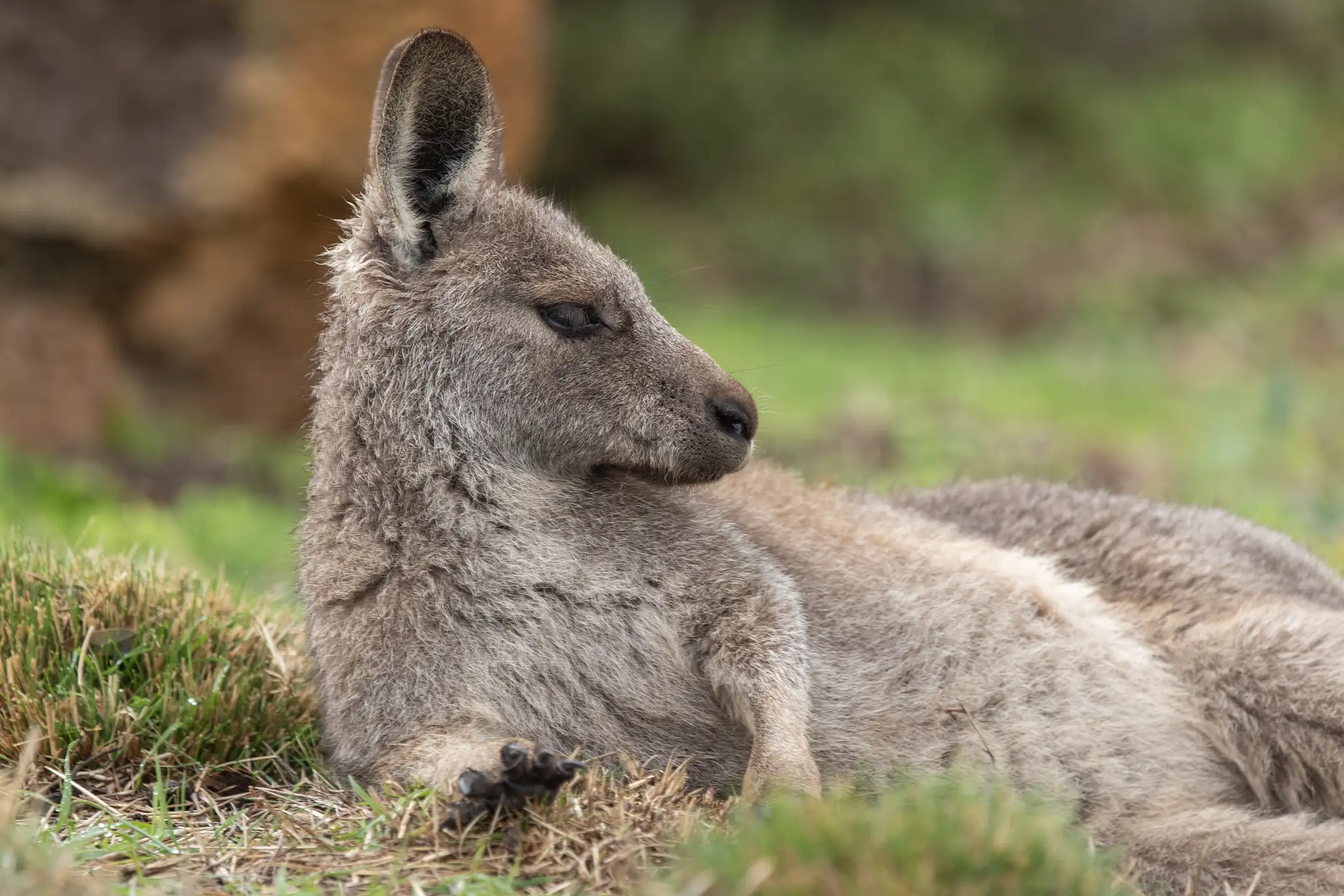
Dear Peter
Thank you for writing to me about the kangaroo cull. It is a really difficult issue and one that I know is deeply upsetting for people.
For me, any question of animal management should be looked at in the context of the whole ecosystem and what is needed to best protect our environment. If evidence says that animal management is essential to protect our environment or other animals, then we have a duty to undertake that while meeting the best animal welfare standards we can.
Unfortunately, human impacts on our ecosystem, particularly from urban expansion, have seen our native grasslands isolated, fragmented and shrinking. Evidence shows that without management, grasslands and other species that rely on them are likely to be overgrazed and come under threat from dense kangaroo populations in urban reserves. Kangaroo management has been part of the ACT’s environmental management for some time. There is information about the ACT Government position on our website.
The kangaroo management plan was last independently reviewed by Professor Legge in 2024. Professor Legge found that kangaroo culling was justified for conservation, informed by a large body of research and upholds the highest animal welfare standards. The review made 34 recommendations for the new management plan, which I am committed to following closely.
I will continue to review all evidence around kangaroo management in the ACT as it arises and ensuring the ACT Government continues to improve the program in any way possible. I have written to the Environment Minister, Suzanne Orr, seeking assurance that all evidence shows that kangaroo culling is still necessary to manage our environment and if so, what actions are being taken to implement all recommendations from the independent review, including trialling and expanding other non-lethal kangaroo management strategies.
Ideally, our environment would be healthy and sustainably managed so that kangaroo culling was not necessary. Until then, we must also take other sensible steps to protect and improve our environment. This term in the ACT, the Greens have:
Please let me know any time if there are other campaigns and issues we should be looking at.
The ACT Greens have taken animal welfare steps to protect kangaroos. We led the campaign for GonaCon sterilisation, which is now in use in locations that are suitable, reducing the need for culling in some areas. We have supported external independent reviews of kangaroo management on an ongoing basis, and we will try to get recommendations implemented. I am also sponsoring an Assembly petition seeking a trial of virtual fencing along Erindale Drive to avoid the intense suffering and deaths resulting from wildlife-vehicle collisions. Reducing wildlife-vehicle collisions was one objective the Legge review found was not being met.
Thank you for writing to me about this issue and I hope this information is of some assistance.
Kind regards
Jo
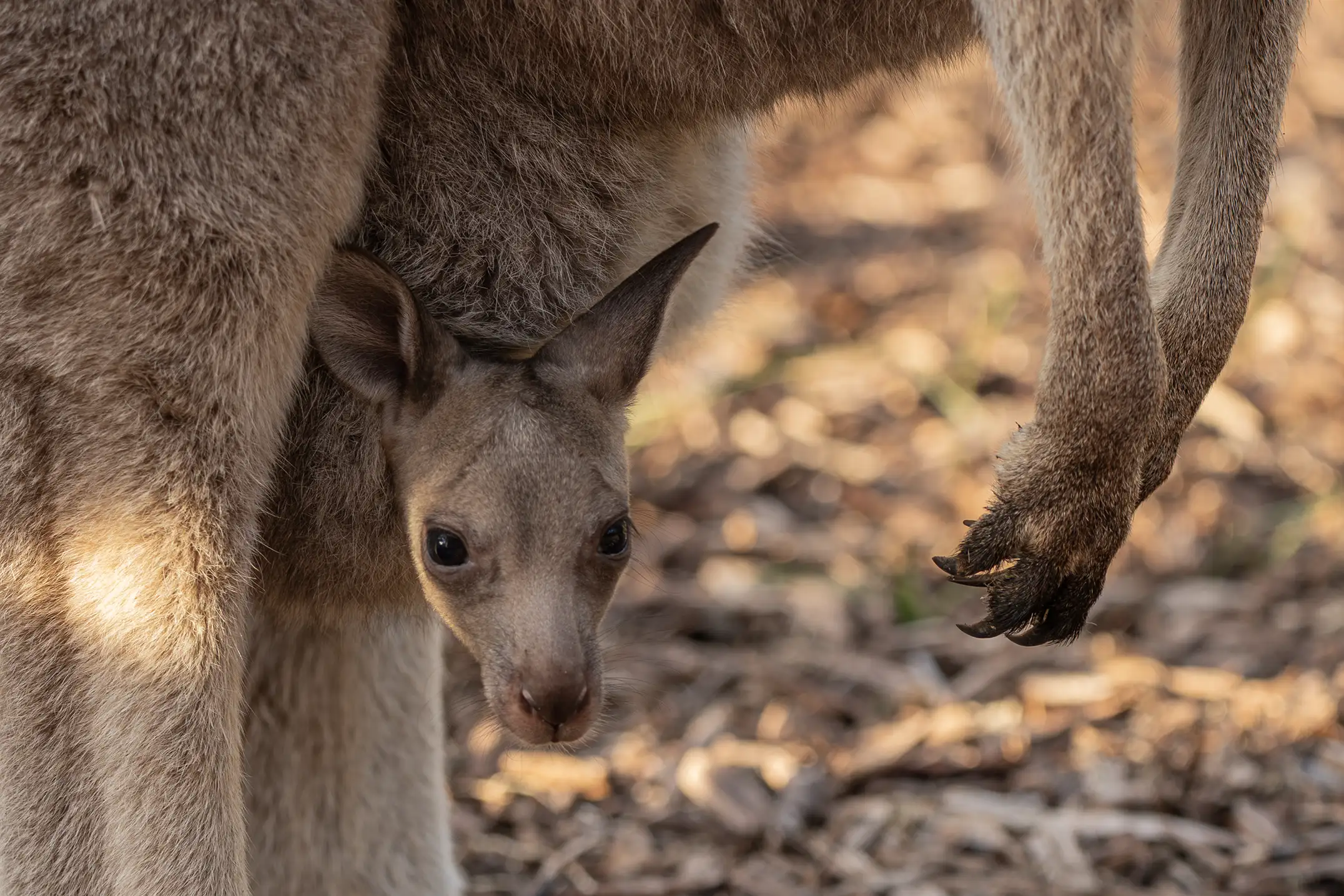
“Canberra is often called the ‘bush capital’. Living in the ACT means living alongside many of Australia’s native animals and insects”. ACT Government, 1 August 2025
It is not only Eastern Grey Kangaroos the ACT Government does not like. Wallabies are targeted for destruction and the Wallaroo gets caught up in the cross-fire of extermination.
“Though a larger number of macropod species are known or are thought to have occurred in the ACT in the past, only four species are now naturally present: the Eastern Grey Kangaroo (Macropus giganteus), Wallaroo (Macropus robustus), Red-necked Wallaby (Macropus rufogriseus), and Swamp Wallaby (Wallabia bicolor). ACT Government
“An ACT Government spokesperson told Yahoo News 252 Red-necked Wallabies and 68 Swamp Wallabies were killed at the Mulligans Flat sanctuary. Freedom of Information documents show 210 of them were culled in a single week in June (2024)”. Michael Dahlstrom, Yahoo News, 2 August 2024
And the killing of Wallabies continues. The ones we know about in 2025 that were killed at Mulligans Flat Woodland Sanctuary were 90 adult and 24 joey Red-necked Wallabies and 35 adult and 10 joey Swamp Wallabies, of which 40 per cent of adult Wallabies were female.
I am not knocking what has just been achieved and well done to those involved. But let’s try and learn a lesson from this strange tale, told in just three quotes, two from the ACT Government and one from the ABC. .
Hard to get your head around? So why do you think they are on the edge of extinction?
“The Southern Brush-tailed Rock-wallaby was named the ACT’s mammal emblem in 2018. This endangered species, known for its agility and ability to live in rocky environments, is found in Tidbinbilla Nature Reserve”. ACT Government, 1 August 2025
“The Brush-tailed Rock-wallaby lives in rugged terrain, preferring areas with ledges, caves, and passageways where they can bask in the sun or hide in. They graze on nearby grass, forbs, and herbs. The species used to be widespread in the mountainous country of south-eastern Australia from southern Queensland to Victoria. The Brush-tailed Rock-wallaby may have recently become extinct in the wild in the ACT. It was last seen in 1959 at Tidbinbilla Nature Reserve”. ACT Government, 1 August 2025
“Six critically endangered Wallabies have been bundled up in backpacks and flown from Victoria to the ACT in a novel mission to help save the species. There are estimated to be fewer than 60 southern Brush-tailed Rock-wallabies left in the wild. The six Wallabies will be quarantined for 30 days before being released into a breeding program at the ACT's Tidbinbilla Nature Reserve”. ABC News, 1 August 2025
While the ACT Government claims humanness, which is nonsense in the case of Kangaroos and all other native species being so cruelly killed, the ACT Government has been caught up (and caught out) using soft paw traps, use of which was prohibited in the ACT. Yes, you guessed it, and true to form, amendments were made in July to allow the use of this type of trap to continue.
The ACT Government uses large ear tags on the Kangaroos which are sterilised using fertility control methods (GonaCon) so the sterilised animals can be monitored. The tags also identify the sterilised animals so that they are not shot during the ACT Government’s annual Kangaroo kill. Little regard is taken for the tagged animal’s welfare in what is an experiment with the goal of dampening criticism of the intensely cruel and unnecessary killing of Kangaroos and Wallabies at significant scale.
And so to international tourism. It has indeed been a very strange week. Amidst the mass slaughter of Kangaroo and Wallaby species in the ACT and pretty well everywhere else they exist, we even have bounties to kill even more of the ones that don’t exist. Amidst all this, central to the Australian Government's new $130 million advertising campaign, is Ruby the Roo. Animated of course, and not in the slightest bit real, perhaps they couldn't find a real one without bullet holes? Truly astounding stuff if you know what goes on out there. And that, for visitors, gets more dangerous each and every day.
“August Release – Bush Capital Kangaroo Series: The Royal Australian Mint proudly presents Bush Capital, the 32nd release in our renowned Kangaroo Series. These stunning coins honour Canberra, Australia’s bush capital and the city’s emblematic Eastern Grey Kangaroo. This artistic composition celebrates Canberra’s special blend of urban sophistication and natural charm, reflecting the close connection between the city and its natural environment. The Eastern Grey Kangaroo, a familiar sight in Canberra’s parks and reserves, is a proud emblem of the city’s natural identity”. Royal Australian Mint
